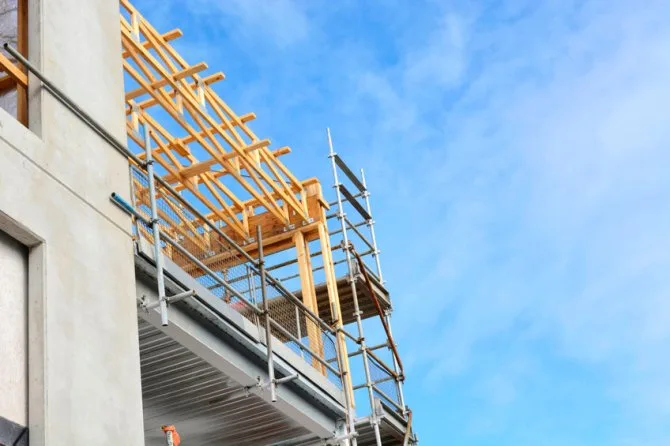Change is inevitable in everything we do, and the same goes for building. Your commercial contractor should be willing to work with you, emphasizing flexibility and honoring the vision you have for your new facility.
Structural and cosmetic changes happen more than you would think during the build. Changes made should be purposeful and well planned. And as always, changes during a build should be kept to a minimum; Making a change to something that’s already in progress is a little trickier than simply calling up your contractor and placing an order.
Miller Architects & Builders, your Saint Cloud commercial construction management team, is here with a few helpful tips.
Making Structural Changes
Have you wondered if you can make changes to your building plans once the project is under construction? You can make changes – to an extent.
Once parts of your build are in place, you won’t be able to do a major redesign, but you will be able to make some small structural changes, like moving a load-bearing wall or column. This happens for many reasons, such as equipment that was unaccounted for.
Your architect and structural engineer will need to approve the change, and your municipality will need to be made aware of the change.
The crucial thing to remember is that architects and engineers go to great lengths to ensure that loads are properly balanced from the roof all the way down to the footings. This means that any major structural change should be made during the architectural design phase, not during the construction phase.
If a change needs to happen, you’ll spend extra time and money for those changes. You could also face major delays as your builder deconstructs and starts over if footers and trusses have already been set. The cost of your build could skyrocket. You’ll be responsible for paying for the time and materials that have already been used, plus new materials and labor.
What Changes Can Be Easily Made
This isn’t to say that you can’t make changes at all. Large changes that involve the building structure may be a bad idea, but there are many other, smaller changes that you can make.
You can make changes to roofing and siding. However, keep in mind that a drastic change may need extra structural support, which would count as a structural change. Interior changes to paint, carpet, hardware, and more are easy changes.
You should make every effort to specify a change before your builder orders the materials, otherwise you could end up paying for the materials you originally specified as well as your new choice. In general, it’s unquestionably the most cost effective to make changes during the design and pre-construction phase of your build – before construction starts.
File a Change Order
Of course, sometimes you can’t avoid making these changes, and for these times there are Change Orders.
Usually preceded by an official RFI (Request For Information) document, these are agreements signed by the owner, architect, and commercial contractor that essentially meld into the original contract, changing its terms and conditions to reflect the agreed-upon modifications.
It’s not the only way to make a change to a build, but it’s by far the most common.
Making Smaller Changes
Again, if possible, try to stick to the pre-construction phase for any sort of changes you want made, for reasons stated above. However, if the change you want doesn’t affect building codes it tends to be easier to execute.
Keep in mind that you will be charged for labor and material costs, and when shipping is considered, you may still experience significant project delays.
Miller Architects & Builders: Decades of Top-Notch Flexibility in the Commercial Construction Industry
As old hands in the construction business, we have mastered a flexible process and brought dream builds to life for countless companies just like yours. Give our Saint Cloud office a call today at 320-251-4109.
